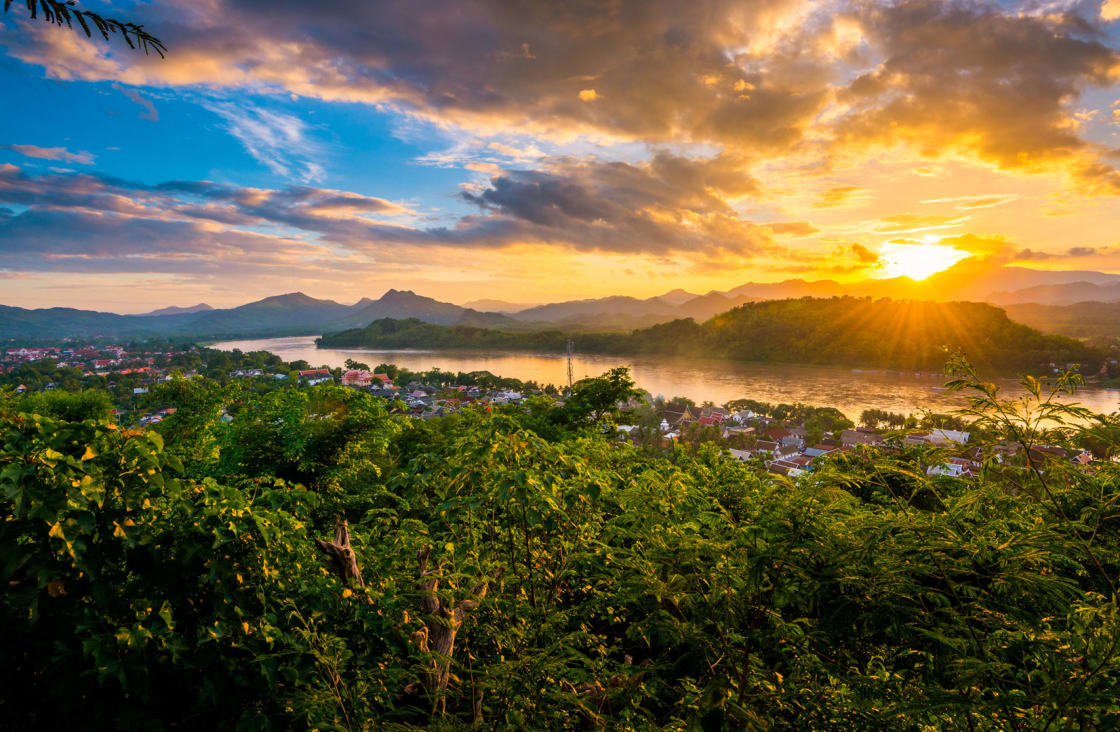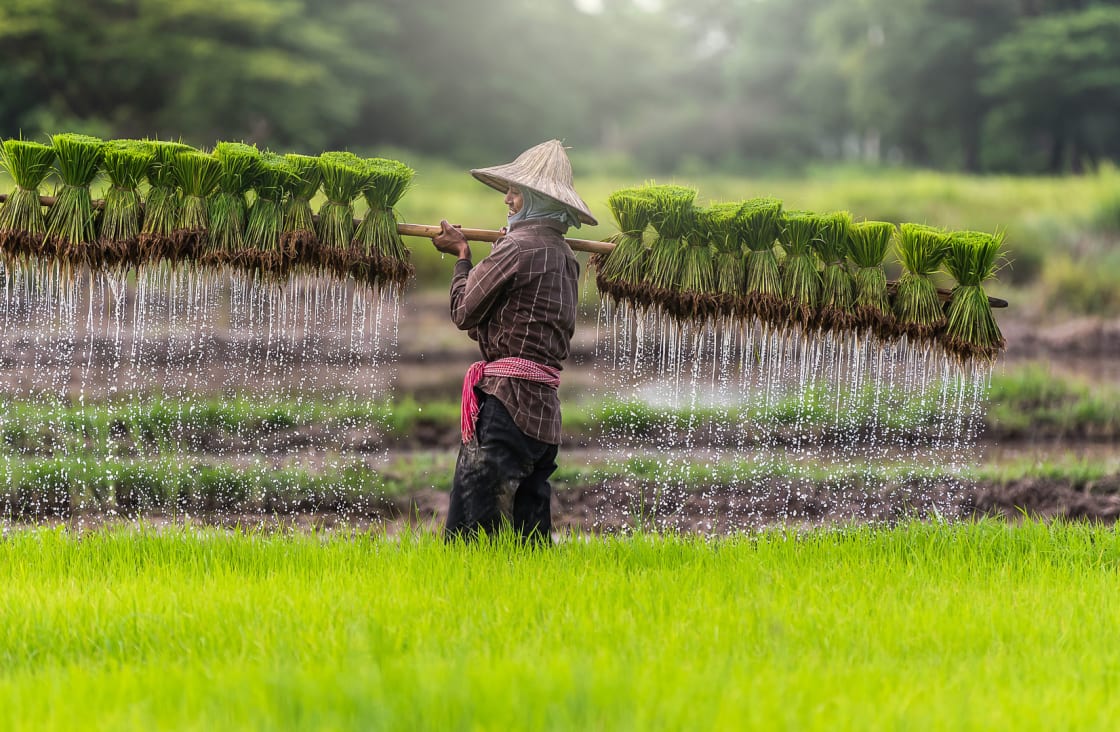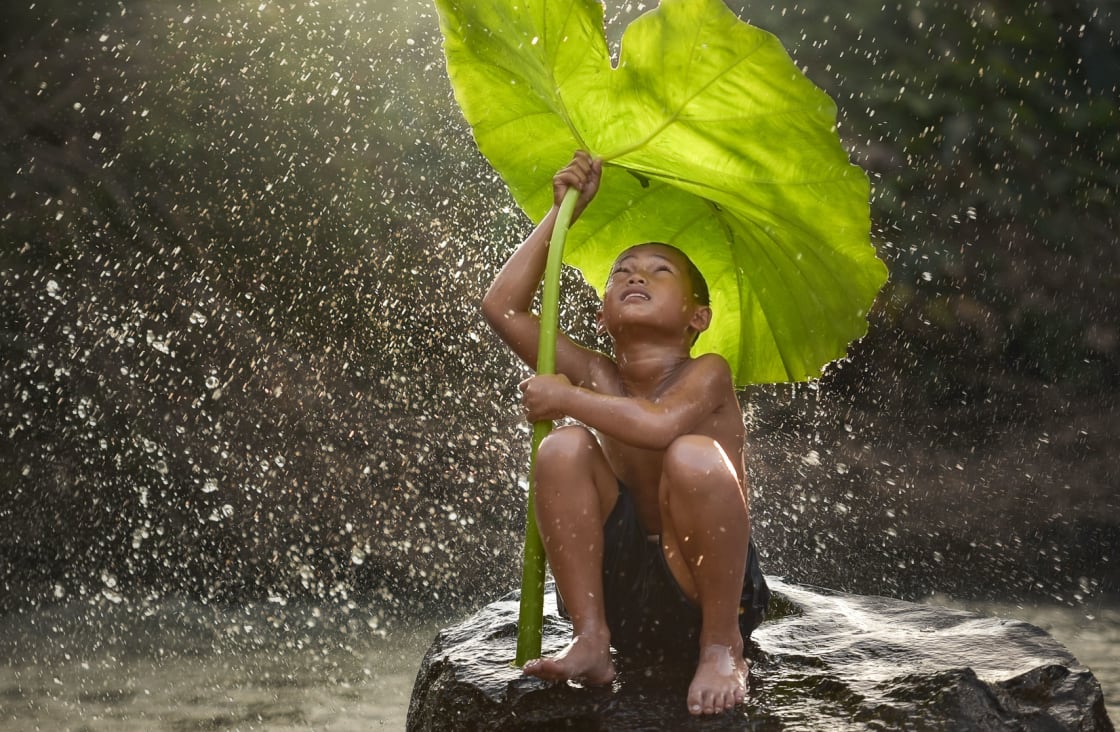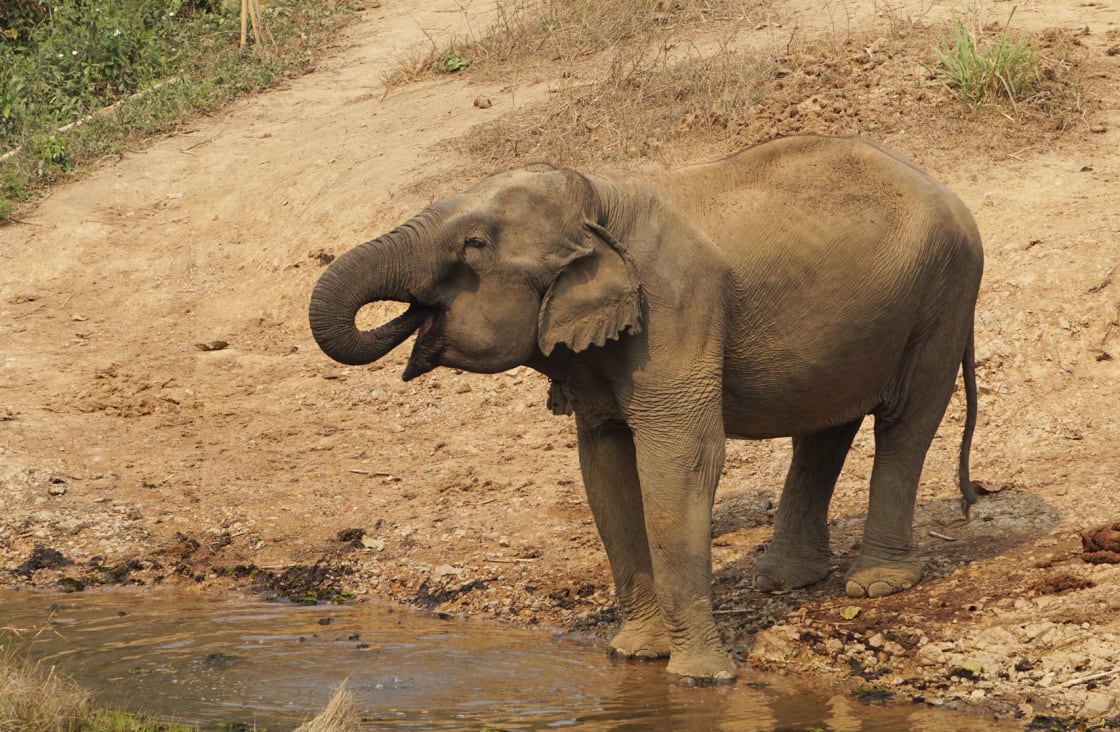
The geography and tropical location of the small, landlocked country of Laos plays a major part in shaping its climate. For dry warm weather and for getting the most out of the activities on offer, the best time to visit Laos is between November and April. Cruising the Mekong River is best between November and January, when high water levels make passage easy. The dry season is split into a cool, dry sub-season from November to February and a hot, dry sub-season from March to April.
The wet ‘green season’ is from late May to October, with Laos experiencing moderate rainfall with short, sharp bursts of showers that usually last no longer than a few hours. Places in the north of the country receive more rainfall than their southern counterparts. Whilst the rain doesn’t last for long, the wet weather can make travel difficult, particularly in rural areas.
During the monsoon, the weather is marked by high humidity with temperatures ranging from 68−77°F/20–25°C. This time of year brings some unique opportunities for sightseeing, the country comes to life, including Si Phan Don/the 4000 islands, a riverine archipelago in the Mekong. Planning your trip, therefore, may require balancing a few trade-offs. The lower costs during the monsoon season offset the higher risk of washed-out roads, while the pleasant climate of the dry months will find you jostling with peak-season crowds. You may also want to time your visit around some of the country’s colorful festivals.
The weather is dry throughout the country in January, with comfortably warm temperatures, although it can get quite cold in the north. River levels should be high, making this a good time to explore the country’s waterways.
February remains dry throughout the country, with temperatures only rising a little and the north still getting quite cold during the early part of the month. River levels should still be good; although damming has impacted water levels in recent years.

The dry season continues, with temperatures rising throughout the country to over 86°F / 30°C in places; although cooler conditions can still be found in the highlands. Travel in the central and southern regions can be a little uncomfortable, and a top tip would be to combine southern Laos with the Bolaven Plateau, where the higher altitude gives respite from the hot climate.
River levels will be getting low at this time of year, making river travel in the north difficult. As the rice harvest comes in, farmers set fire to their fields, a traditional way of preparing the ground for the next crop. As a result, much of Laos is covered with a smoky haze that irritates eyes and aggravates allergies. Boun Koun Khao is an agricultural festival celebrated in rural villages and local temples at harvest time — a great opportunity to observe rural customs and traditions.
Sometime around April or May, the prevailing winds perform a switch around, with the southwest monsoon bringing moist, hot air from the Indian Ocean. Rains begin to fall on Laos’s parched, brown countryside; as the storms ramp up, the farmers begin planting rice around June. As temperatures rise to a scorching 100°F/38°C, travel may become uncomfortable.
The green countryside wilts and the rivers start to run low. It’s no coincidence that the Lao people celebrate the splashy New Year festival, Boun Pi Mai, during the height of the hot, dry sub-season from March to April. If you don’t mind the heat, this is a great time to visit as celebrations are held country-wide for several days.
This is the last month of the dry season, although there is a slim chance of rain toward the end of the month. River levels will be at an annual low, meaning river travel may be difficult in some parts of the country. Slash and burn will also continue to impact the surroundings and smoke and haze will normally be seen in the major towns and countryside.
There is a chance of dry weather during the first half of the month; however, rain is expected and will almost certainly arrive by the latter stages. River levels will again remain low and the recent damming has made this worse. Slash and burn may continue in some parts of the country until the rains arrive. Hot and humid throughout.

The ‘green season’ is Laos’s official low tourist season, with package tours, hotel rooms and fares sinking to all-year lows. This is partly due to the increased difficulty in getting from place to place: some roads may be washed out or too dangerous to drive on, and the jungle trails can be too slippery or flooded to hike on. Rain will start to fall throughout most of the country; with the north seeing the least. The rain tends to be short-lived and plenty of sunshine can still be expected away from the south of the country. Temperatures hover around 86°F/30°C.
The wet season is now in full swing and it is not uncommon for temperatures to drop a little; with cooler temperatures found in the south. As it becomes wetter, lush green foliage begins to swathe the landscape in central Laos, while in the south, cascading waterfalls can be admired once more.
Rainfall reaches its peak in August as showers become longer and more intense. River levels begin to fill up in time for the approaching dry season, and Laos’ beautiful landscapes return. During this time, travel to remote areas can be somewhat difficult. Temperatures drop to around 68°F/20°C throughout the country.

Rainfall continues to peak all over the country, and travel to remote areas can still be troublesome. However, toward the end of the month the sunshine will return and, combined with the waterfalls and leafy landscape, helps to make this one of the most attractive times to visit if you’re seeking stunning natural scenery.
Sometime around October, the prevailing winds throughout Southeast Asia shift direction. The northeast monsoon blows down from Siberia, bringing cold, dry winds to areas still soaked from the rains brought by the late southwest monsoon. The drier weather returns, but some rain may still make an appearance.
Temperatures are generally cooler at this time of year but not uncomfortable, hovering around 22-82°F/25-28°C. This is an excellent time to visit as you will beat the crowds yet still enjoy fair weather and the fresh green landscapes created by the wet season. The Boun Ok Phansa/Boat Racing Festival (10 days leading up to October’s full moon) celebrates the end of the rainy season, elaborate boats are raced along the Mekong River and various festivities take place on the riverbank in honor of the Naga king.
Dry conditions are seen throughout the country, and this is the peak season for river travel, with river levels at their highest. Temperatures will be comfortable at around 77-84°F/25-29°C, and flora and fauna are in abundance.

December offers a similar outlook to November, with dry, warm weather and ideal river cruising conditions. Toward the end of the month temperatures can drop in the northern parts of the country.
While Rainforest Cruises aim to provide accurate and up-to-date information, we make no representations as to the accuracy or completeness of any information herein or found by following any link on this site. Rainforest Cruises cannot and will not accept responsibility for any omissions or inaccuracies, or for any consequences arising therefrom, including any losses, injuries, or damages resulting from the display or use of this information.




